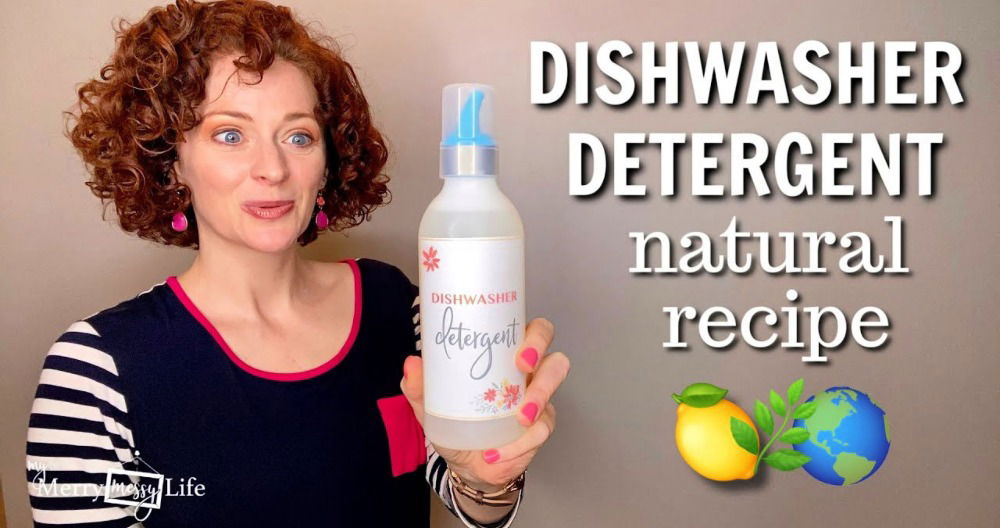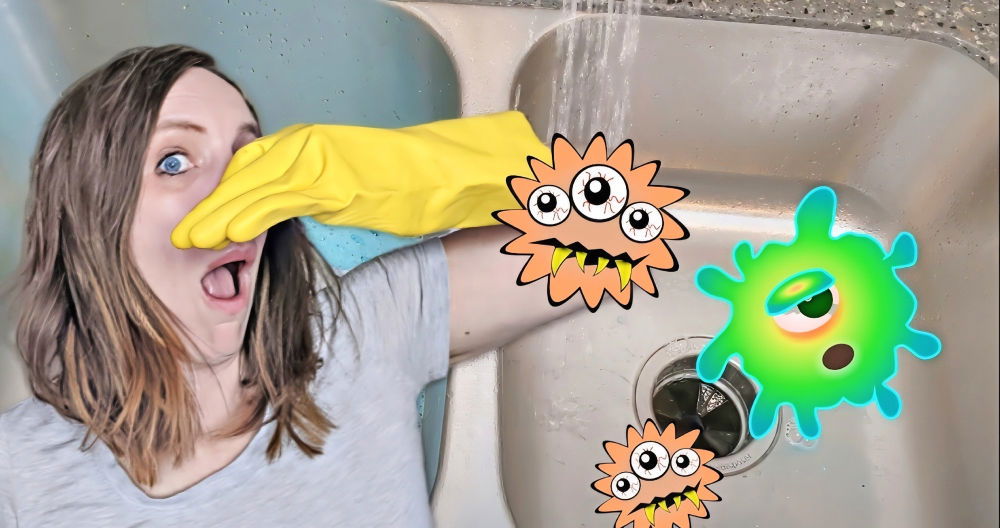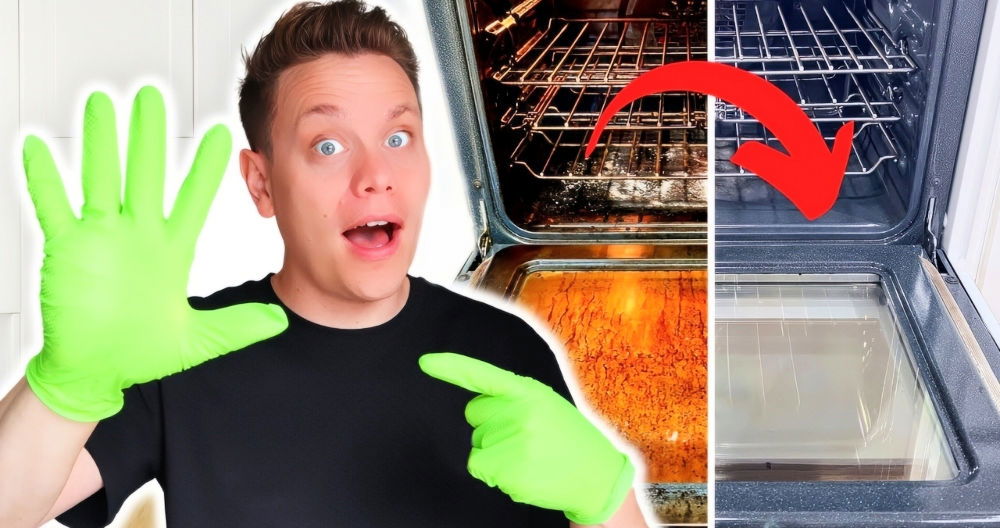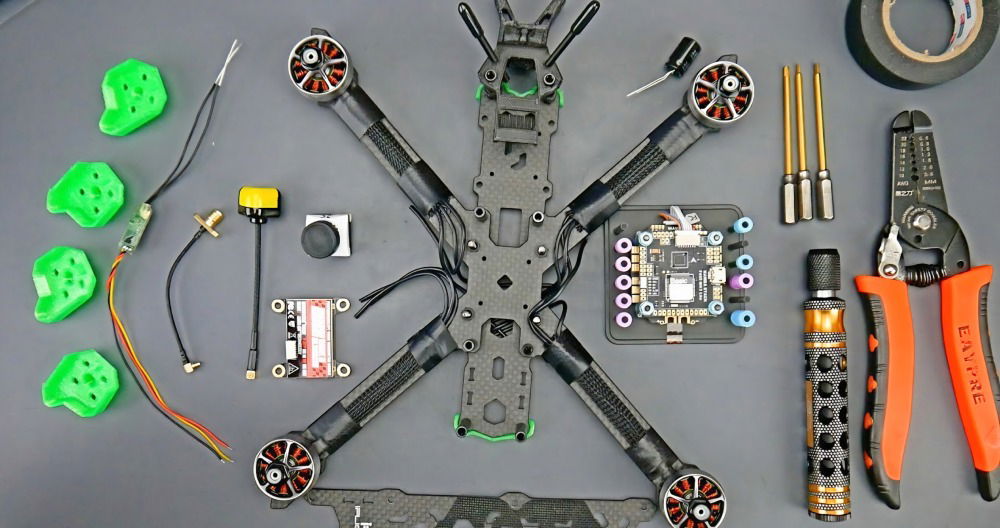Noticing that my dishes weren't as spotless as before, I figured it was time to give my dishwasher some care. I had always assumed the machine cleaned itself during each cycle, but over time, bits of food and soap residue can build up. This buildup affects its performance and leaves dishes less than sparkling.
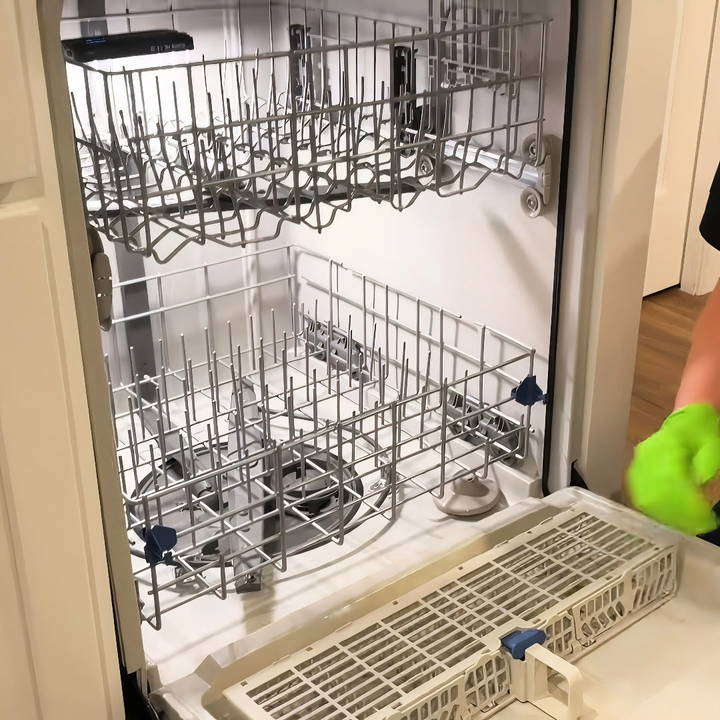
Determined to fix the issue, I decided to learn how to clean a dishwasher properly. I gathered a few household items and followed simple steps to give them a thorough cleaning. The difference was immediate—my dishes came out shining, and the dishwasher ran more quietly.
Understanding Your Dishwasher's Mechanics and Maintenance Needs
Maintaining your dishwasher involves cleaning it and understanding its workings and needs. Here's a simple guide to its mechanics and maintenance.
How Your Dishwasher Works:
At its core, your dishwasher cleans by spraying hot water and detergent onto the dishes. It has a heating element to warm the water and a pump to circulate it. The dirty water drains out, and freshwater rinses the dishes. Finally, the heating element or a fan dries the dishes.
Key Components to Maintain:
- Spray Arms: These are the rotating arms that spray water onto the dishes. Make sure they spin freely and their holes are not clogged.
- Filter: Located at the bottom, the filter traps food particles. Clean it regularly to prevent clogs and odors.
- Detergent Dispenser: This releases the detergent at the right time. Keep it clean and functioning properly.
- Door Seal: The rubber gasket around the door prevents leaks. Inspect it for wear and replace if needed.
Maintenance Tips:
- Regular Cleaning: Wipe down the interior and exterior with a damp cloth. Use vinegar to remove hard water stains.
- Deep Cleaning: Once a month, run an empty cycle with a cup of vinegar on the top rack to clean the interior workings.
- Check and Clean the Filter: Remove and rinse the filter under running water. Do this weekly to prevent buildup.
- Inspect Spray Arms: Ensure they are not blocked by debris. Clean the holes with a toothpick if necessary.
- Door Seal Care: Wipe the seal with a damp cloth to keep it clean and check for damage regularly.
By following these simple steps, you can ensure that your dishwasher operates efficiently and lasts longer. Remember, a well-maintained dishwasher is a reliable one!
Preparation
Firstly, you need to gather your materials. For me, this included:
- White Vinegar: An excellent, non-toxic cleaner that helps remove limescale and freshens.
- Dawn Dish Soap: This cuts through grease and grime effortlessly.
- Baking Soda: Great for adding extra scrubbing power and for deodorizing.
- A soft brush or an old toothbrush: Perfect for getting into those nooks and crannies.
- Microfiber Towels: They're lint-free and highly absorbent, perfect for a streak-free finish.
- A cup or bowl (for the vinegar during the wash cycle): Acts as a vessel to hold the vinegar in the dishwasher during the cleaning cycle.
The reason for these materials is simple: they're effective, readily available, and safe for use around food areas.
Step by Step Instructions
Learn how to clean your dishwasher step by step, from filter and trays to deep clean cycle and final touches, for optimal performance and hygiene.
Step 1: Filter and Trays
Removing the filter and the bottom tray was the initial step. Twisting the filter counter-clockwise easily released it. The bottom basket tray followed. I was taken aback by the grime build-up, which only affirmed my decision to deep clean. Both were left to soak in a sink filled with warm water, a cup of white vinegar, and a squirt of Dawn dish soap. This concoction works wonders in loosening the build-up.
Step 2: Wiping Down
With those parts soaking, I turned my attention to the dishwasher itself. A mixture of 1 cup of white vinegar, 1 cup of water, and a teaspoon of Dawn dish soap became my go-to spray. Paired with a microfiber towel, I wiped down the edges, seals, and any surface within reach. Special attention was given to the door's bottom seal—an often neglected area that tends to collect grime.
Step 3: Deep Clean Cycle
After giving the soaked parts a good rinse and reinstalling them, it was time for the dishwasher's spa treatment. I placed a cup of white vinegar on the top rack. Vinegar is a marvel at breaking down any leftover deposits and deodorizing the machine. I selected a normal wash cycle with high temperature but opted out of the heat dry option. To ensure the cycle used hot water from the get-go, I ran the kitchen sink's hot water until steam appeared.
Step 4: Final Touches
Once the cycle concluded, I couldn't help but marvel at the difference. It felt like a brand-new machine. Yet, I didn't stop there. For those with stainless steel dishwashers, a stainless steel cleaner can add that showroom shine. And, for any minor rust spots on the racks or spinning arms, a gentle wipe with your vinegar mix does the trick. These small details make a significant impact on the overall cleanliness.
Advanced Cleaning Techniques
Maintaining your dishwasher goes beyond occasional cleaning. Explore advanced techniques to keep it efficient and lasting longer.
Deep Cleaning the Filter:
The filter is crucial for preventing food particles from recirculating onto your dishes. Over time, it can become clogged, which can affect your dishwasher's performance. To clean it:
- Remove the filter according to the manufacturer's instructions.
- Soak it in warm, soapy water for about 10 minutes.
- Gently scrub it with a soft brush to remove any debris.
- Rinse thoroughly and replace it in the dishwasher.
Unclogging Spray Arms:
Spray arms are responsible for distributing water throughout the dishwasher. If they're clogged, your dishes won't be cleaned properly. To ensure they're clear:
- Detach the spray arms, being careful not to damage them.
- Use a toothpick to dislodge any food particles or mineral deposits from the holes.
- Rinse them under running water to remove any remaining debris.
Wiping the Seals:
The door seals can harbor bacteria and lead to leaks if not maintained. To clean them:
- Dampen a cloth with warm, soapy water.
- Gently wipe around the seals to remove any buildup.
- Dry the seals with a clean towel to prevent mold growth.
Sanitizing the Interior:
A sanitized dishwasher is a hygienic dishwasher. To sanitize the interior:
- Place a cup of white vinegar on the top rack.
- Run a hot water cycle without any dishes.
- The vinegar will help to break down any grease and freshen up the machine.
Cleaning the Exterior:
Don't forget the outside of your dishwasher. For stainless steel exteriors:
- Use a stainless steel cleaner to avoid streaks.
- Apply the cleaner to a microfiber cloth.
- Wipe in the direction of the grain to maintain the finish.
Using advanced cleaning will keep your dishwasher clean and running optimally.
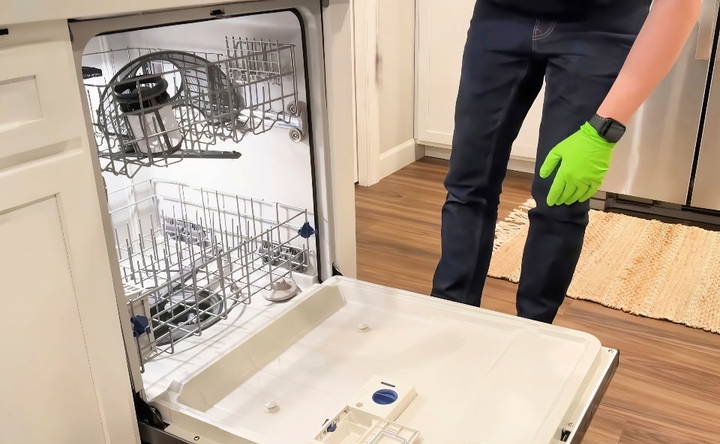
Maximizing Dishwasher Efficiency
Maximize your dishwasher's performance by loading it correctly, running it at the right times, and maintaining it well. Here's a simple guide.
Load It Right:
- Place pots and pans on the bottom rack, facing downwards.
- Glasses and bowls go on the top rack, angled to drain.
- Ensure spoons and forks don't nest together in the utensil basket.
- Avoid overcrowding; this allows water and detergent to reach all surfaces.
Choose the Right Detergent:
- Use a detergent that's designed for dishwashers.
- If you have hard water, consider a detergent with water-softening agents.
Run Full Loads:
- Wait until you have a full load before running the dishwasher to save water and energy.
- If you must run a less-than-full load, use the eco or half-load setting if available.
Maintain Regularly:
- Clean the filter and spray arms regularly to prevent blockages.
- Wipe down the door seals and detergent dispenser.
Use Rinse Aid:
- Rinse aid helps dishes dry without spots and can improve drying efficiency.
Operate at Optimal Times:
- Run your dishwasher during off-peak energy hours to save on your electricity bill.
Following these steps ensures your dishwasher cleans efficiently, saving energy, helping the environment, and reducing bills.
Troubleshooting Common Dishwasher Issues
If your dishwasher acts up, it can be annoying. Before calling a technician, try troubleshooting these common issues yourself. Here's a guide to help fix typical dishwasher problems.
- Dishes Not Cleaning Properly: If your dishes come out dirty, the issue might be as simple as overloading or improper loading. Ensure that nothing obstructs the spray arms and that the filter is clean. Use a toothbrush to gently clean the spray arms if they're clogged.
- Water Not Draining: A dishwasher full of water indicates a draining issue. Check the drain hose for kinks or clogs. If the hose is clear, the problem might be with the drain pump or the check valve in the drain sump.
- Dishwasher Leaks: Leaks can be caused by using the wrong detergent or a damaged door seal. Make sure you're using dishwasher-safe detergent and inspect the door seal for any cracks or damage.
- Dishwasher Won't Start: If your dishwasher won't start, check the power source first. Ensure it's plugged in and the circuit breaker hasn't tripped. If power isn't the issue, the door latch or control panel might be at fault.
- Unpleasant Odors: Bad smells usually come from trapped food particles or grease. Clean the filter and run a cycle with a cup of vinegar to freshen up the dishwasher.
- Dishwasher Makes Noise: A noisy dishwasher could be due to a worn-out pump, spray arm issues, or something caught in the chopper blade area. Inspect these parts for any signs of wear or foreign objects.
- Spotty or Cloudy Dishes: Hard water can leave white residues or spots. Consider using a rinse aid or a detergent with water-softening agents to combat this problem.
Regular maintenance and proper use can often fix common dishwasher issues, avoiding the need for professional help.
Dishwasher Health and Safety
Ensuring the health and safety of your dishwasher is crucial for both your dishes and your family. Here's a comprehensive guide to keeping your dishwasher in a hygienic and safe condition.
Preventing Accidents:
- Always place sharp objects like knives with the point down in the utensil basket to avoid injuries.
- Secure glassware and dishes to prevent them from breaking or chipping during the wash cycle.
Avoiding Overloading:
- Don't overload the dishwasher; it can lead to dishes not cleaning properly and increases the risk of breakage.
Child Safety:
- Install a child safety lock on the dishwasher to prevent children from opening it and possibly getting injured.
- Store dishwasher detergent out of reach of children and pets to prevent accidental ingestion.
Proper Use of Detergent:
- Use the correct type of detergent for your dishwasher to avoid issues like excessive suds.
- Don't mix dishwasher detergent with other cleaning products to prevent the creation of harmful fumes.
Maintenance and Cleaning:
- Regularly clean and inspect the dishwasher's interior and filters to prevent the growth of mold and bacteria.
- Run a cleaning cycle with vinegar to sanitize and remove any lingering odors.
After Use:
- Let the dishwasher cool down after a cycle before reaching in to prevent burns from hot steam.
- Close the dishwasher door after use to prevent tripping hazards.
Follow these simple tips to keep your dishwasher safe and healthy, ensuring appliance longevity and household well-being.
FAQs About How To Clean Dishwasher
Discover essential tips in our FAQs about how to clean the dishwasher and effortlessly keep your appliance sparkling and efficient.
You should clean your dishwasher every 1 to 2 months to maintain its efficiency and prevent odors. Regular maintenance helps to remove food scraps, soap scum, and grease that can hinder performance.
Yes, natural cleaners like white vinegar, baking soda, or lemon juice are effective for cleaning dishwashers. They help to cut through grease and remove odors naturally.
For the exterior, use a microfiber cloth and, if applicable, a stainless steel cleaner. Wipe following the grain of the metal to avoid scratches. For non-stainless steel surfaces, a damp cloth with a bit of dish soap will do.
Bad odors can be a sign of trapped food particles or stagnant water. To combat this:
Run an empty cycle with a bowl of white vinegar on the top rack.
After the cycle, leave the door ajar to air out the interior.
Check and clean the filter regularly to prevent odor buildup.
If dishes come out wet, try the following:
Ensure proper loading: Avoid overcrowding and arrange dishes so that water can run off easily.
Use a rinse aid: This helps water droplets form and slide off more easily.
Check the heating element: If problems persist, the heating element may need inspection by a professional.
Conclusion: Regular Maintenance
By taking a little time to clean your dishwasher, you can extend its life and improve its efficiency. I encourage you to try these simple steps and see the difference for yourself.


